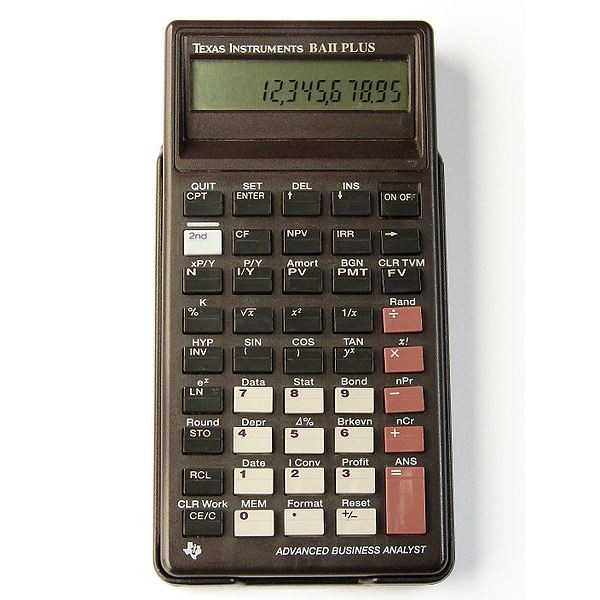How to Analyze Your Business Using Financial Ratios
Post on: 16 Март, 2015 No Comment

Using a sample income statement and balance sheet, this guide shows you how to convert the raw data on financial statements into information that will help you manage your business_
WHAT TO EXPECT
Many small and mid-sized companies are run by entrepreneurs who are highly skilled in some key aspect of theirbusinessperhaps technology, marketing or salesbut are less savvy in financial matters. The goal of this document is to help you become familiar with some of the most powerful and widely-used tools for analyzing the financialhealth of your company.
Some of the namescommon size ratios and liquidity ratios, for examplemay be unfamiliar. But nothing in the following pages is actually very difficult to calculate or very complicated to use. And the payoff to you can be enormous. The goal of this document is to provide you with some handy ways to look at how your company is doing compared to earlier periods of time, and how its performance compares to other companies in your industry. Once you get comfortable with these tools you will be able to turn the raw numbers in your companys financial statements into information that will help you to better manage your business.
WHAT YOU SHOULD KNOW BEFORE GETTING STARTED [top ]
For most of us, accounting is not the easiest thing in the world to understand, and often the terminology used by accountants is part of the problem. Financial ratio analysis sounds pretty complicated. In fact, it is not. Think of it as batting averages for business.
If you want to compare the ability of two Major League home-run sluggers, you are likely to look at their batting averages. If one is hitting .357 and the others average is .244, you immediately know which is doing better, even if you dont know precisely how a batting average is calculated. In fact, this classic sports statistic is a ratio: its the number of hits made by the batter, divided by the number of times the player was at bat. (For baseball purists, those are official at-bats, which is total appearances at the plate minus walks, sacrifice plays and any times the player was hit by a pitch.)
You can think of the batting average as a measure of a baseball players productivity; it is the ratio of hits made to the total opportunities to make a hit. Financial ratios measure your companys productivity. There are many ratios you can use, but they all measure how good a job your company is doing in using its assets, generating profits from each dollar of sales, turning over inventory, or whatever aspect of your companys operation that you are evaluating.
Financial Ratio Analysis
The use of financial ratios is a time-tested method of analyzing a business. Wall Street investment firms, bank loan officers and knowledgeable business owners all use financial ratio analysis to learn more about a companys current financial health as well as its potential.
Although it may be somewhat unfamiliar to you, financial ratio analysis is neither sophisticated nor complicated. It is nothing more than simple comparisons between specific pieces of information pulled from your companys balance sheet and income statement.
A ratio, you will remember from grammar school, is the relationship between two numbers. As your math teacher might have put it, it is the relative size of two quantities, expressed as the quotient of one divided by the other. If you are thinking about buying shares of a publicly-traded company, you might look at its price-earnings ratio. If the stock is selling for $60 per share, and the companys earnings are $2 per share, the ratio of price ($60) to earnings ($2) is 30 to 1. In common usage, we would say the P/E ratio is 30.
Financial ratio analysis can be used in two different but equally useful ways. You can use them to examine the current performance of your company in comparison to past periods of time, from the prior quarter to years ago. Frequently this can help you identify problems that need fixing. Even better, it can direct your attention to potential problems that can be avoided. In addition, you can use these ratios to compare the performance of your company against that of your competitors or other members of your industry.
Remember that the ratios you will be calculating are intended simply to show broad trends and thus to help you with your decision-making. They need only be accurate enough to be useful to you. Dont get bogged down calculating ratios to more than one or two decimal places. Any change that is measured in hundredths of a percent will almost certainly have no meaning. Make sure your math is correct, but dont agonize over it.
A ratio can be expressed in several ways. A ratio of two-to-one can be shown as:
2:1 2-to-1 2/1
In these pages, when we present a ratio in the text it will be written out, using the word to. If the ratio is in a formula, the slash sign (/) will be used to indicate division.
Types of Ratios
As you use this guide you will become familiar with the following types of ratios:
- Common size ratios
- Liquidity ratios
- Efficiency ratios
- Solvency ratios

COMMON SIZE RATIOS [top ]
One of the most useful ways for the owner of a small business to look at the companys financial statements is by using common size ratios. Common size ratios can be developed from both balance sheet and income statement items. The phrase common size ratio may be unfamiliar to you, but it is simple in concept and just as simple to create. You just calculate each line item on the statement as a percentage of the total.
For example, each of the items on the income statement would be calculated as a percentage of total sales. (Divide each line item by total sales, then multiply each one by 100 to turn it into a percentage.) Similarly, items on the balance sheet would be calculated as percentages of total assets (or total liabilities plus owners equity.)
This simple process converts numbers on your financial statements into information that you can use to make period-to-period and company-to-company comparisons. If you want to evaluate your cash position compared to the cash position of one of your key competitors, you need more information than what you have, say, $12,000 and he or she has $22,000. Thats a lot less informative than knowing that your companys cash is equal to 7% of total assets, while your competitors cash is 9% of their assets. Common size ratios make comparisons more meaningful;they provide a context for your data.
Common Size Ratios from the Balance Sheet
To calculate common size ratios from your balance sheet, simply compute every asset category as a percentage of total assets, and every liability account as a percentage of total liabilities plus owners equity.
Here is what a common size balance sheet looks like for the mythical Doobie Company:
ABC Company
Common Size Balance Sheet
For the year ending December 31, 200x














